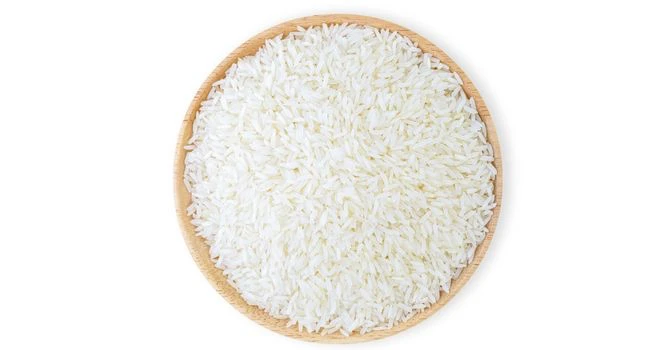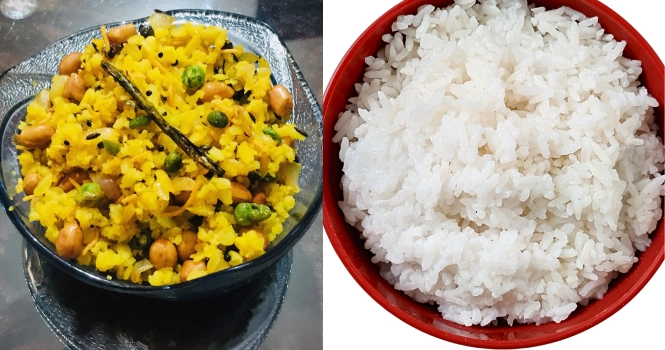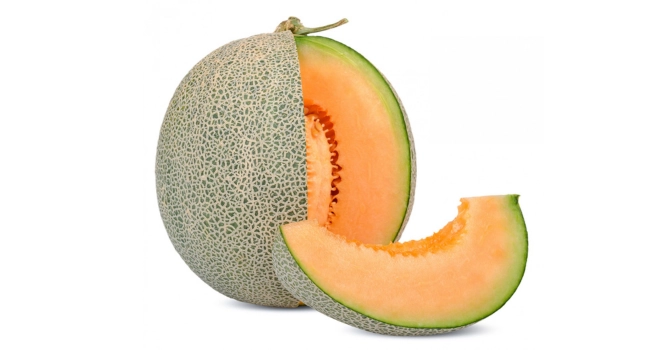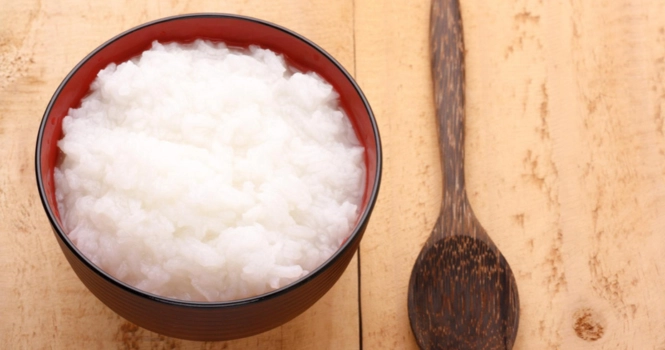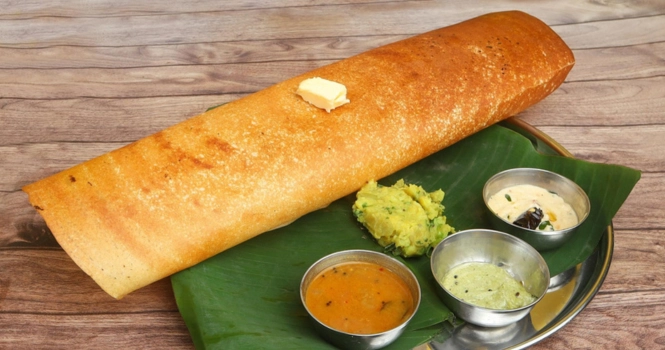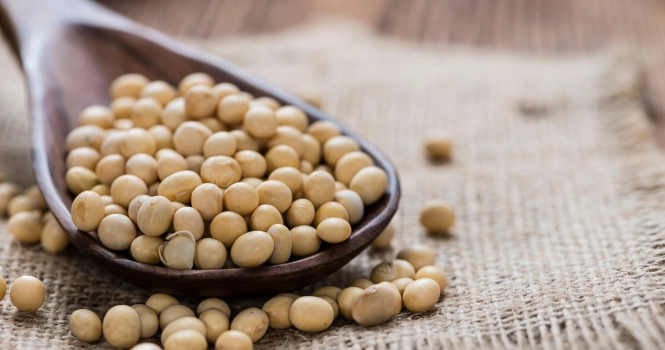Exploring the Suitability of Poha for Diabetic Diets
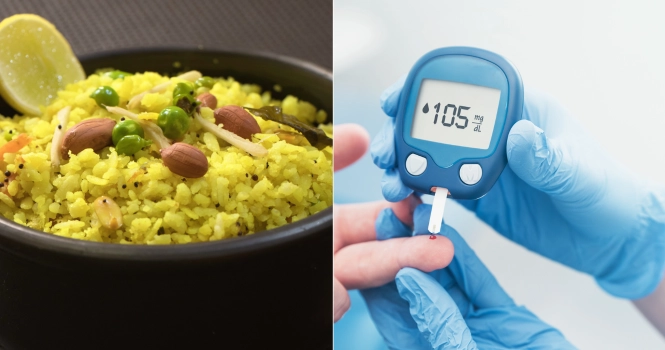
For individuals managing diabetes, selecting the right foods is crucial for maintaining stable blood sugar levels. Poha, a popular Indian breakfast dish made from flattened rice, often comes under scrutiny for its carbohydrate content.
Let’s see whether poha is a suitable choice for diabetics, its glycemic index, and how it affects sugar levels, providing a comprehensive guide for those looking to make informed dietary choices.
Poha’s Nutritional Profile
Poha, also known as flattened rice, is a light and easy-to-digest meal commonly consumed for breakfast across India. It’s praised for its versatility and quick preparation time. However, for diabetics, the primary concern lies in its carbohydrate content and glycemic index (GI), which measures how quickly foods raise blood sugar levels.
Glycemic Index of Poha
The glycemic index of a food item plays a significant role in diabetes management. Foods with a high GI are known to cause rapid spikes in blood sugar levels, while those with a low GI are preferred for their slower release of glucose into the bloodstream.
Poha has a moderate glycemic index, generally ranging between 50 and 70. While this is lower than some refined grains, it’s still important for diabetics to consume it mindfully, considering portion sizes and the overall balance of their meal.
Is Poha Good for Diabetics?
Poha can be part of a diabetic-friendly diet if prepared and consumed the right way.
The following are some factors to consider:
1. Portion Control: Keeping an eye on the portion size is crucial. A small to moderate serving of poha can prevent excessive sugar levels in the blood.
2. Adding Vegetables: Enhancing poha with a variety of vegetables can increase its fiber content, which slows down the release of glucose and helps in managing blood sugar levels.
3. Minimal Oil Usage: Preparing poha with minimal oil can prevent adding unnecessary fats, making it a healthier option.
4. Avoiding Sweeteners: It’s important to avoid adding sugar or sweetened ingredients to poha, as this can significantly increase its glycemic load.
How to Make Diabetic-Friendly Poha
Ingredients:
- 1 cup thick poha (flattened rice)
- 1/2 teaspoon mustard seeds
- 1-2 green chilies, finely chopped (adjust to taste)
- 1/2 cup finely chopped onions
- 1 cup mixed vegetables (carrots, peas, bell peppers)
- 1/2 teaspoon turmeric powder
- Salt to taste
- 2 tablespoons lemon juice
- Fresh coriander leaves for garnish
Instructions:
- Rinse the poha in a sieve under running water until it softens. Drain and set aside.
- Heat a non-stick pan and add mustard seeds, allowing them to splutter.
- Add green chilies and onions, sautéing until the onions turn translucent.
- Mix in the chopped vegetables, turmeric, and salt, cooking until the vegetables are tender.
- Gently fold in the softened poha, ensuring it’s well mixed with the vegetables and spices.
- Cover and let it steam for a few minutes on low heat.
- Finish by squeezing fresh lemon juice over the poha and garnishing with coriander leaves.
Poha can be a nutritious addition to a diabetic diet when prepared with attention to portion sizes and ingredients. By incorporating high-fiber vegetables and using minimal oil, diabetics can enjoy this comforting dish without significantly impacting their blood sugar levels.
As with any dietary choice for diabetes management, it’s advisable to consult your doctorl to tailor your diet to your specific needs and health goals.



